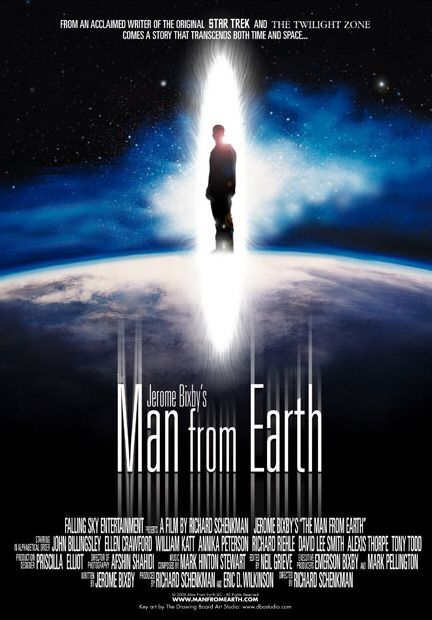

Fire and atmosphere and wear have turned these machines into rickety, uncertain vessels for dangerous travel-death traps. His spaceships and test crafts and launching stations are made of bolts, gears, and machine parts, not buffed and polished science-fiction mega-metal. Chazelle’s film takes practical effects to a new plane. Abrams’s Star Wars: The Force Awakens, it became fashionable for filmmakers to tout a return to “practical effects.” This meant that in their movies, when spaceships docked on desert planets, they would be made of lived-in graphite and polycarbonate. ‘High Life’ and ‘First Man’ Look to the Stars and See Very Different GalaxiesĪround the time of J.J.

Chazelle does so by keeping his own feet on the ground. First Man is methodical, focused on the science and math of the men who traveled to space, admiring their stoicism and their dedication without devolving into hero worship or cowboy poetry. It isn’t interested in charm or pluck or wonder. But First Man is not like Apollo 13 or The Right Stuff, and it’s certainly not like modern, fantastical visions of interstellar travel like The Martian or Gravity. Apollo 13 is the pinnacle of true-life thrill rides set in space.

These movies are often the domain of the surreal, the imagined, or the embellished. Space has been the setting for some of the most rousing films ever made, starting with Georges Méliès’s A Trip to the Moon from 1902 and leading all the way up to Claire Denis’s recently debuted, bodily-fluid-obsessed galactic opera High Life. It is both an act of faithful restraint-Chazelle largely based the film on James Hansen’s rigorous 2005 biography of Armstrong-and an unusual risk. It’s a fascinating contrast of forms-a physically overwhelming, tension-filled film surrounding a quiet, withdrawn performance. The star is Ryan Gosling and he is portraying a man who is perhaps the most emotionally inert American hero we’ve yet encountered in movies, NASA astronaut Neil Armstrong. First Man is Chazelle’s fourth film, and it is a technical marvel orbiting an unlit star. It’s a still, beguiling sequence in an often still and beguiling movie. For eight minutes, there’s hardly anything but the lunar surface and that infinite black. It happens on the moon, where there is no sound, only sensory-commandeering blackness all around. That’s all we can hear when Damien Chazelle’s First Man reaches its final destination.


 0 kommentar(er)
0 kommentar(er)
